It is hard to think that January is not a lost month, devoid of all things valuable to the saltwater fly-rodder. Although you may have received a new rod or reel from a loved one or even treated yourself to a fancy setup, it is borderline torture to be a New-Englander stuck indoors simply waiting for winter to loosen its grip. With the arrival of striped bass still months away, what in the world is one to do with themselves this January?? Well, if you really stop and think about it there is a boatload of things you can do this month. One of the reasons I love fly fishing and have turned it into my living is because of this never ending mission I am on to improve every season. That improvement always starts in January.

Photo Credit to @awestruckfishing
Tie Flies...A Lot of Them
It may seem like the obvious cop-out as a fishing writer to suggest you tie flies in the offseason. You’re thinking, “Thanks a lot Christian… Never would have thought of that on my own.” However; this is truly the only time of year that I myself, have the motivation and the time to get creative at my tying desk.
I try to master at least three patterns per winter. By master, I mean tie so many of the same fly that I feel like I could do it blindfolded. As a fishing guide, this type of confidence in tying a pattern means that I can sit down at my desk mid-season when I am thoroughly exhausted from guiding and still tie more than enough ammo for my trip the following morning...This mastery holds true for the recreational angler as well! You never know when a wolfpack of bluefish might show up and decimate your fly box, or when day after day of relentless casting will take its toll in dull points and tattered windings.

Photo Credit to @awestruckfishing
Once my fly bins are sufficiently replenished with Surf Candy Sandeels and Clousers for the spring-run, Bunker/mullet flies and Squids for mid-summer big bass and Bonito Bunnies for fall-run pelagics, I let my brain run off the tracks a bit. I try new materials on existing patterns and vice versa. I’ll throw on a Rabbit strip where a feather typically lies, palmer a brush material where deer hair is typical spun, glue in a 3D eye where jungle cock has historically been set or try a new hook such as this badass new swimbait style hook (seen below) from Ahrex. I’ll be the first to admit that 95% of these flies end up hanging permanently on the rims of lampshades in my room either directly from my vise or after an unsuccessful trial swim. YET, I have found some of my favorite flies during these sessions of winter experimentation and the flies on my lampshades cast shadows of persistence and inspiration all year long. Therefore January is a perfect time to fill your own tying room with failed attempts, cockeyed ideas and the occasional and oh so satisfying winner.

Fresh Prince of New England
Fish the fresh water. Most all fly fishermen started fly fishing in some body of freshwater. At some point they were introduced to the unparalleled power of saltwater gamefish and for many it is difficult to go back. I would urge you all to give it another shot! A lot can be learned from perfecting the finesse game when targeting trout, small and largemouth bass, pike, pickerel, and even bluegill. Beyond that, literally any time spent with a fly rod in your hand is work towards improvement.
If you live in Rhode Island you’ll find a plethora of small ponds and lakes that are very well managed by RI DEM and can provide some awesome days of winter fishing with a fly rod. In the still water I have been having luck slowly striping white wooly buggers and suspending nymphs; particularly red Psycho Prince size 12, gold head Hares Ear size 14, and size 16 red Zebra Midges.
Largemouth fishing can be productive at times in January as well, black Wooly Buggers, Strolis Ice Picks in olive over white and Hot head leeches have stuck a few good ones in the past during my efforts. The RI DEM website has a list of all fishing areas and stocking dates as well.
When it comes to trout fishing in Southern New England there are really only one or two games in town if you ask me. The Farmington River in Connecticut and the Deerfield River in Massachusetts. If you are interested in either we would be more than happy to put you in contact with our guide buddies Fishing with Zach on the Farmington and the Harrison Anglers on the Deerfield. Either fishery can be outstanding in the winter and these guys have it dialed.

Photo Credit to @FishingwithZack
The name of the game is almost always low and slow. Think Texas BBQ type low and slow, like cooking a brisket at 200 degrees for 14 hours type slow. Finding deep water with walking pace or slower current is crucial. With temperatures so cold, you are going to have the most success on small, delicately presented flies on ultralight tippet 5x or 6x. Winter trout will rarely expend energy swinging out of their way to eat a streamer, but will happily pop open their mouths for a size 18 pheasant tail dropped right on their nose. Think easy winter meal, like when you come back in the house from shoveling your frigid driveway, you’re grabbing something hot and easy; a hot bowl of soup or a big slice of brisket with all the fixings. With that said, you can still catch fish on streamers and even experience the coveted winter caddis dry fly bite, but it is not likely.
All of this freshwater fishing will absolutely help you improve your saltwater game as well. Reading the water is an invaluable skill as an angler and is most easily learned in smaller bodies of water. Your casting accuracy will certainly see improvement and an a delicate touch can be incredibly valuable.
Build Your Own Leaders
While one might think it silly to build your own leaders when companies like RIO, Orvis and SA sell tapered leaders for seemingly every application. It is however far cheaper and in some cases advantageous to build your own. For all-purpose early season striped bass with an 8wt rod I tie leaders set up like this: an arms length of “butt section” (the section you will loop-to-loop or nail knot to your fly line) made of 30-pound Ande Monofiliment down to 3-feet of 20-pound Ande Flourocarbon and finally 3- or 4-feet of Ande Flourocarbon in 15- or 12-pound test. The section of monofilament works as a shock leader as it stretches far more than Flourocarbon and will give you some forgiveness when fighting fish. Flourocarbon provides invisibility and a solid connection. As the season progresses and I am beginning to target larger fish with my 9wt or 10wt rod in June and July I bump all those poundages up to 60, 50, and 40 pound, respectively. Then, when fall rolls around and the hardtail species like albies and bonito are slashing away at small bait, I go back down to a 30-20-12 leader setup adding up to at least 10 feet, and sometimes longer if they are particularly picky and I need the stealthiest approach with the most fly action possible. A perfection loop works well for the loop-to-loop knot and I prefer and recommend bloodknots to join all leader sections. One key piece of information when building your leaders is to keep the brand of material consistent down your leader. While you can adjust the poundages to your needs, diameters and stiffness can vary widely across manufacturers and this can lead to bad knot strength and poor turn over.
Build a few-dozen and put them in individual Ziploc bags. Don’t wind them too tight and thank me when you have affordable, smooth casting leaders for yourself and your buddies this summer.
Learn Your Water
January is not far off of the winter equinox at which time the tide swings in New England are at their most extreme. This is an excellent time to bundle up and head to your favorite fishing spots with your camera in hand, not your fly rod. This is obviously trained more directly at the shore fisherman, but if you’re a hardened New Englander or even crazier... a cod fisherman, who keeps their boat in the water until the deep freeze of February, you can do this in the boat as well. These extreme low tides will expose bottom structure like drop-offs, boulders, channels, reefs and more that you may not be able to see during the season. Analyze these spots, take photos and predict how fish will use them.

Whatever you do this winter do not just wallow in boredom this January. As an angler, your time is valuable and for most all of us there is plenty of time this month to be productive towards an angling goal. Tie as many flies and leaders as you can, tune in your finesse game and patience in the freshwater, and take some time to properly learn the spots you fish while they’re exposed...you’ll thank me in September.
"Angling is extremely time consuming. That's sort of the whole point."
-Thomas McGuane




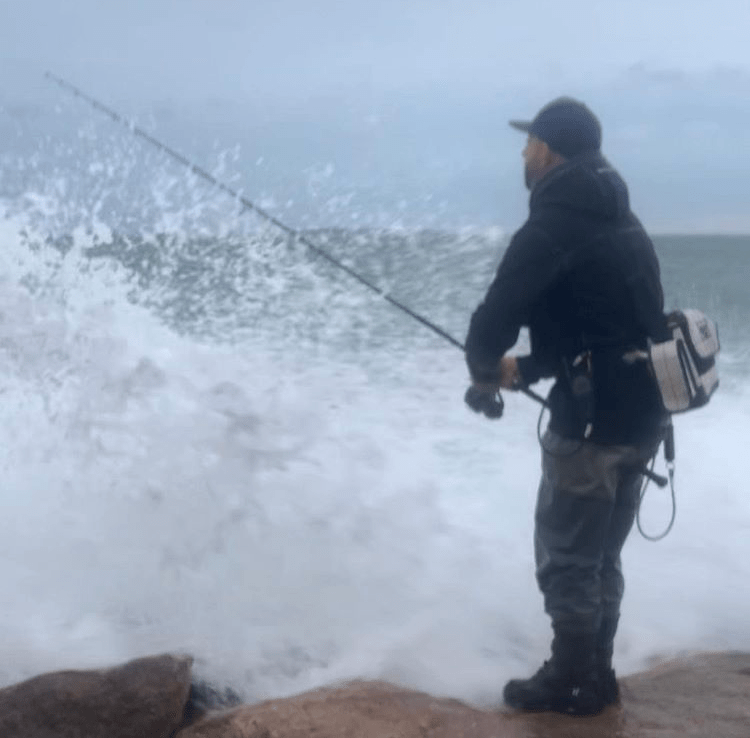

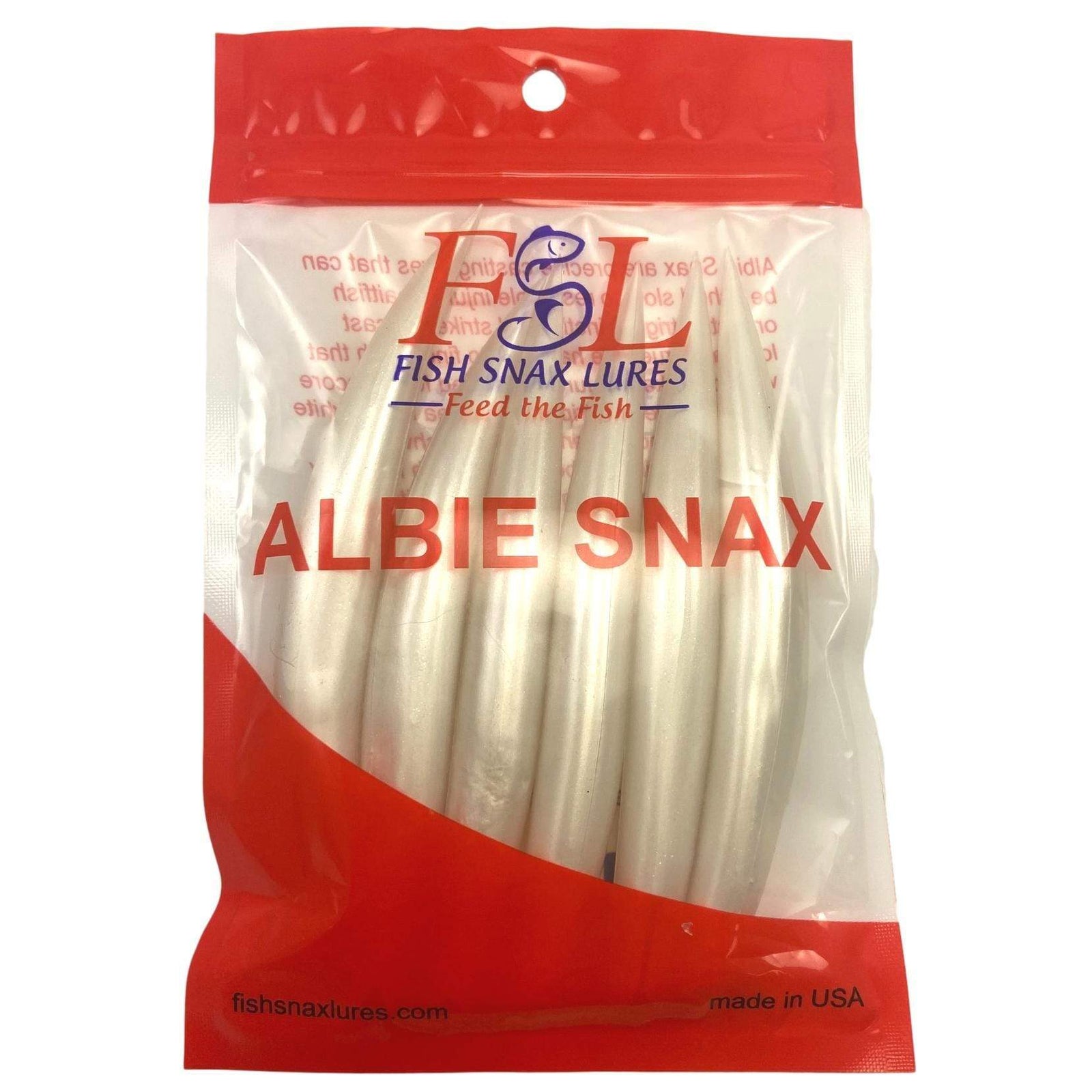

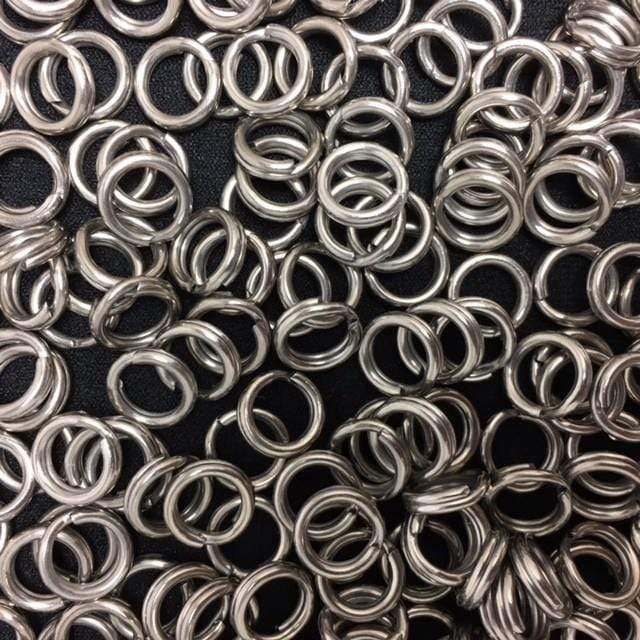
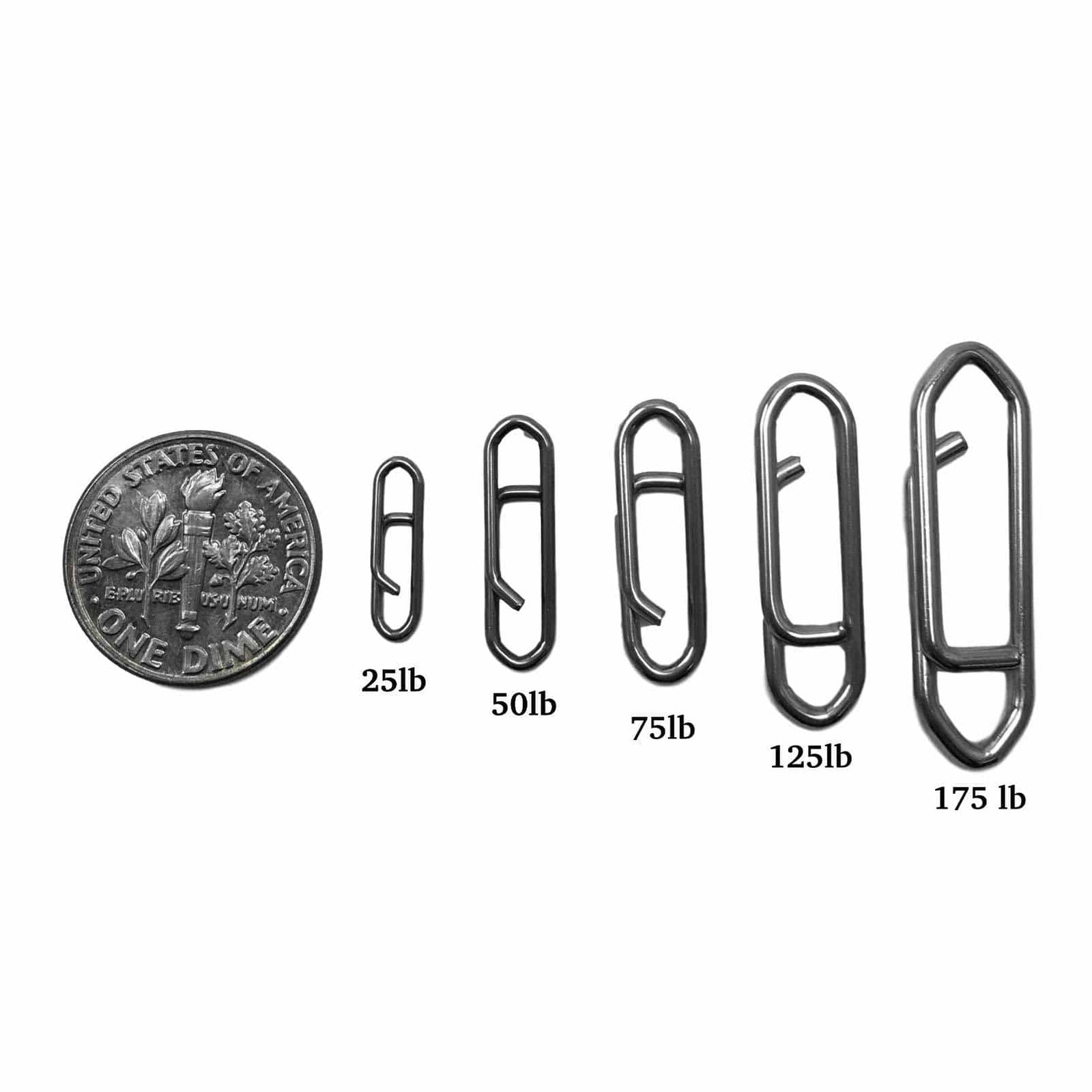




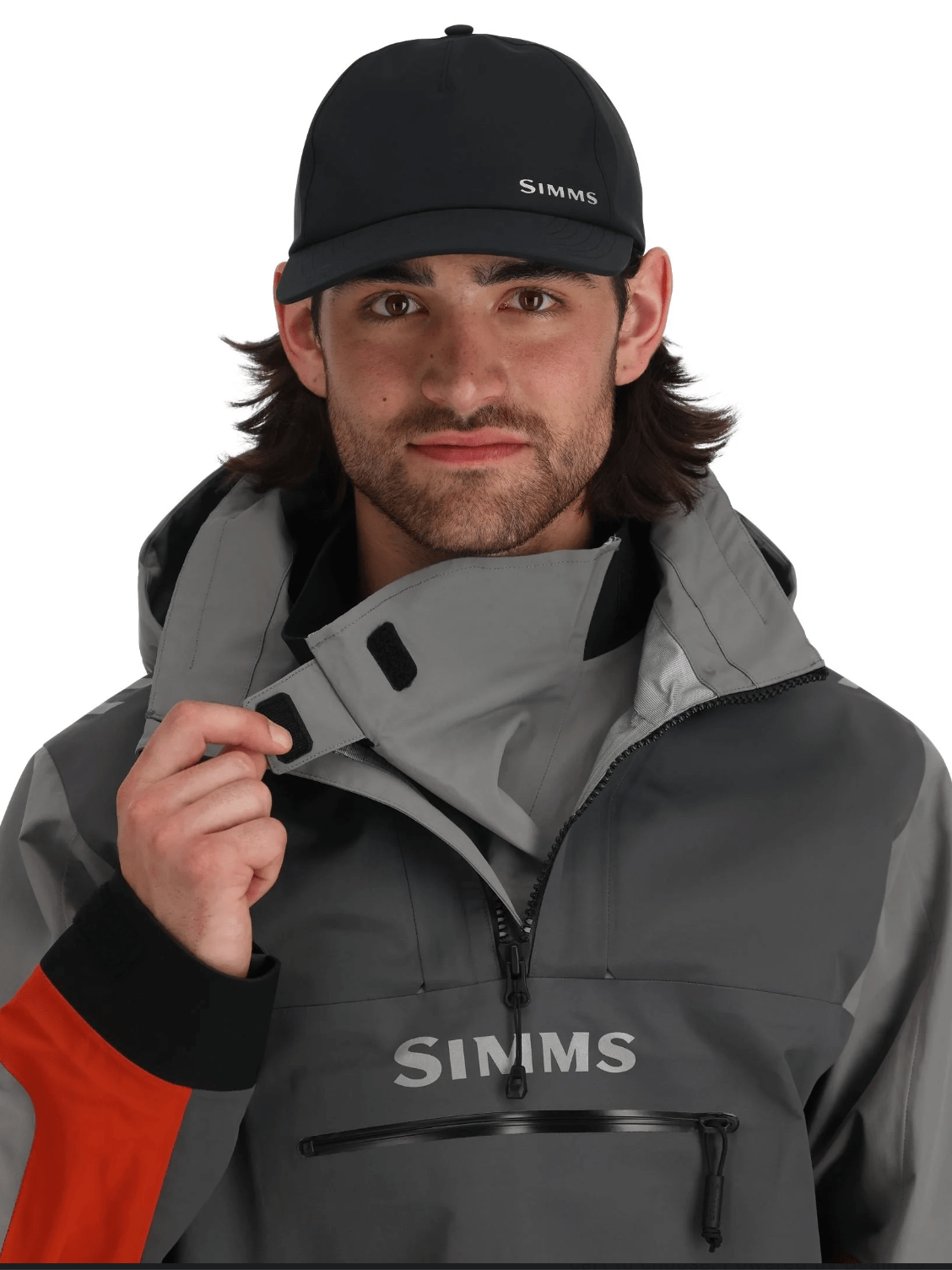

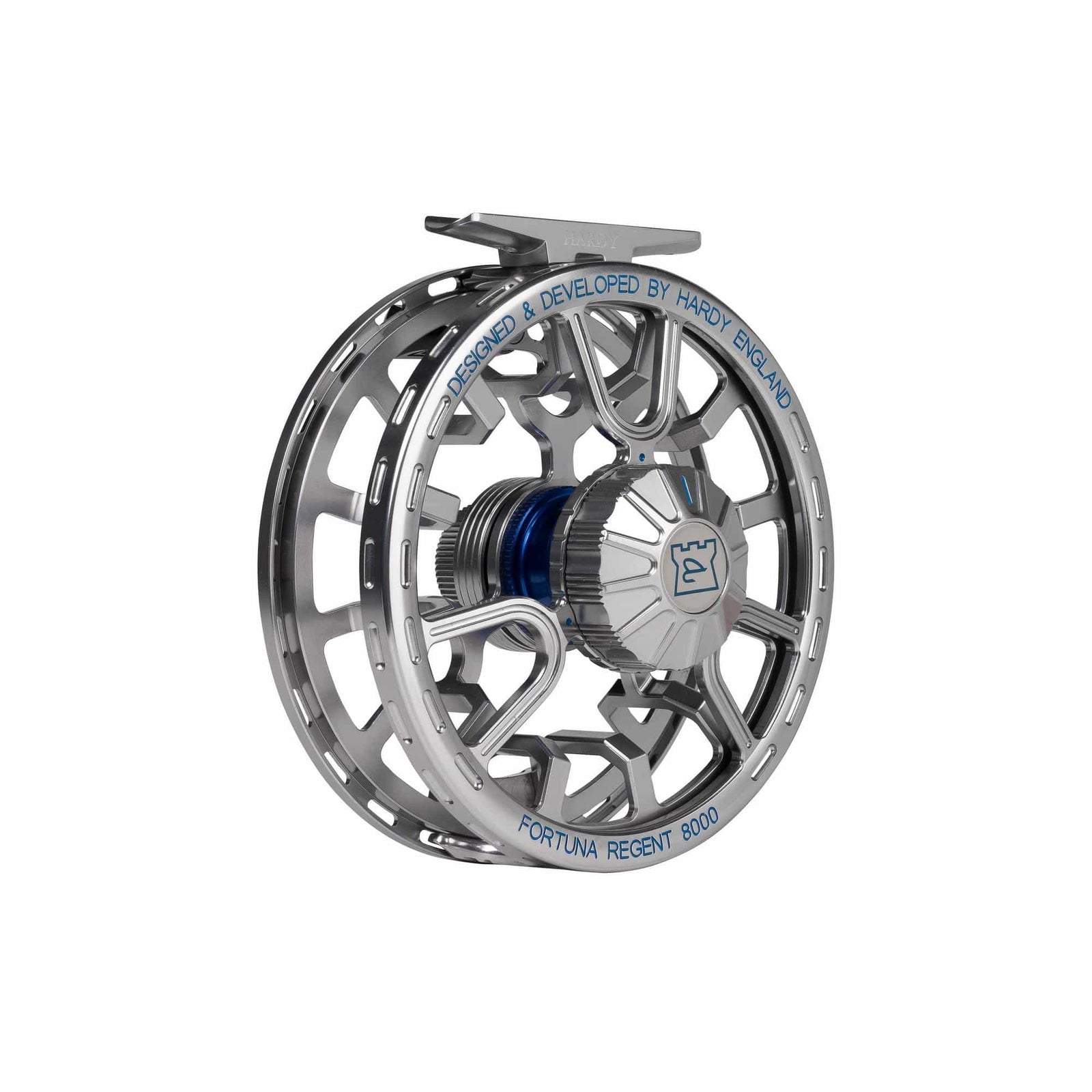
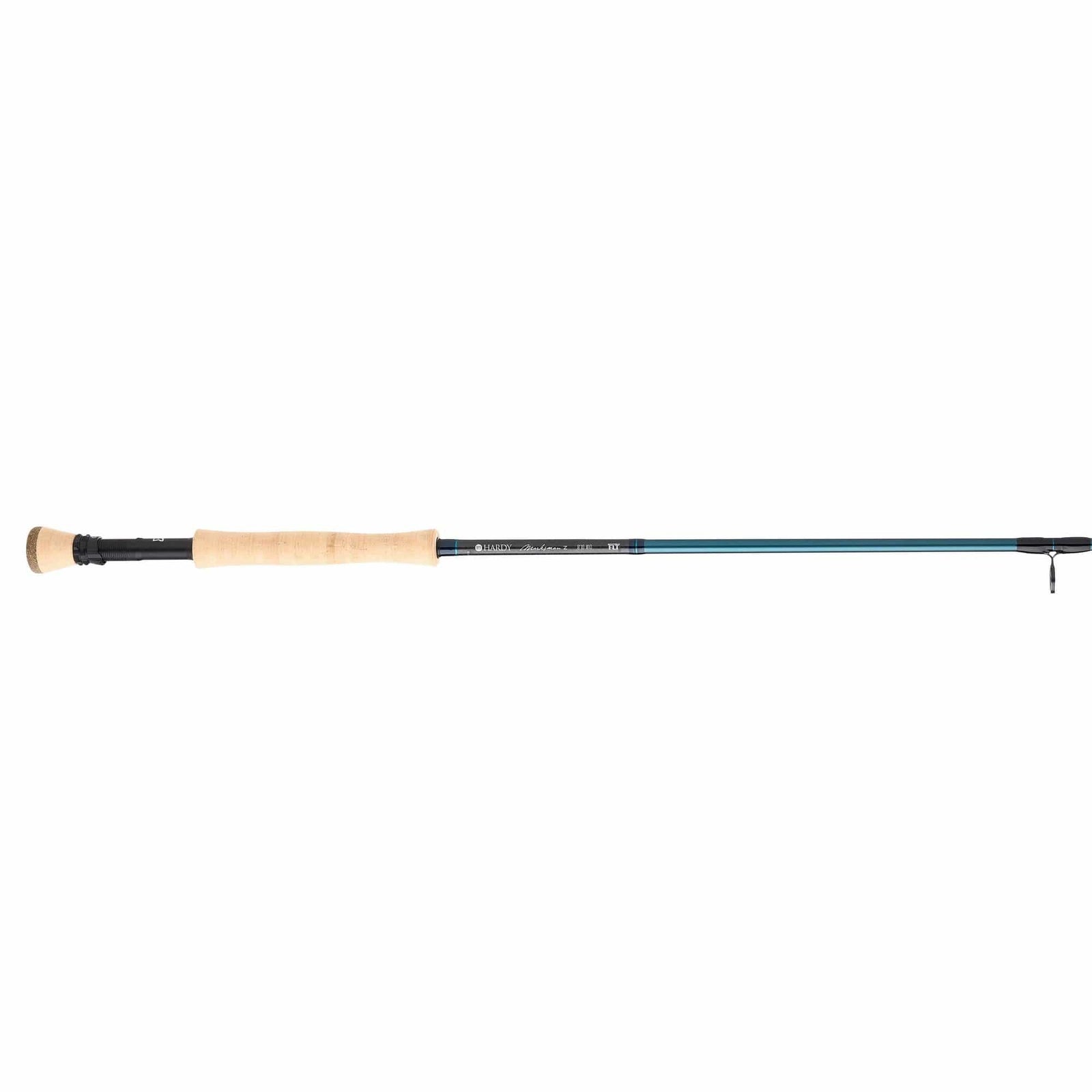
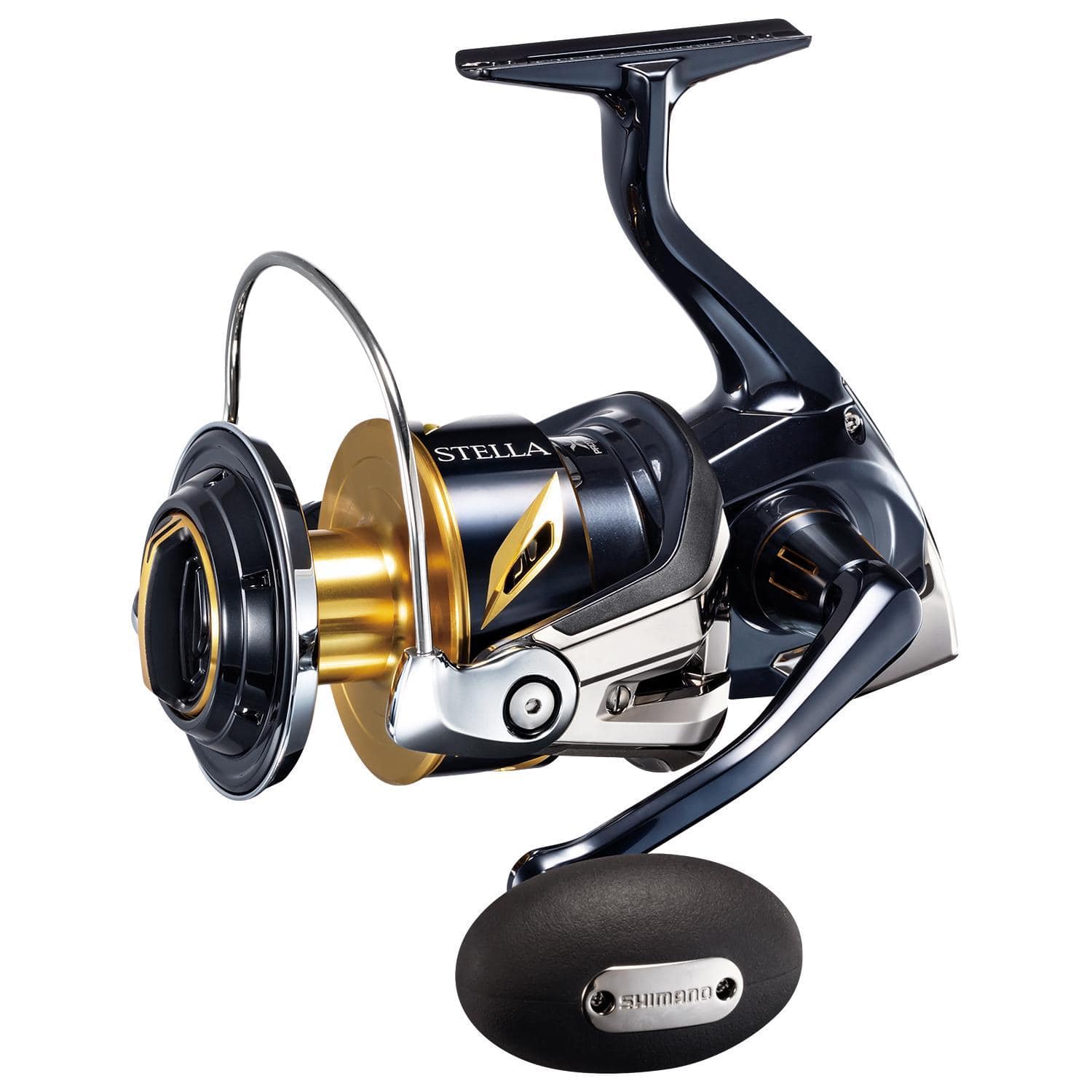
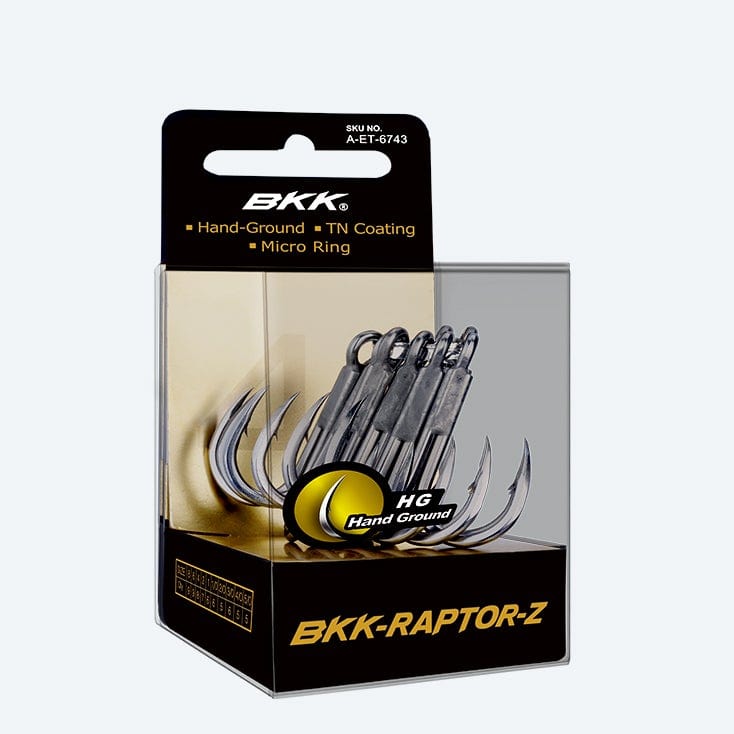
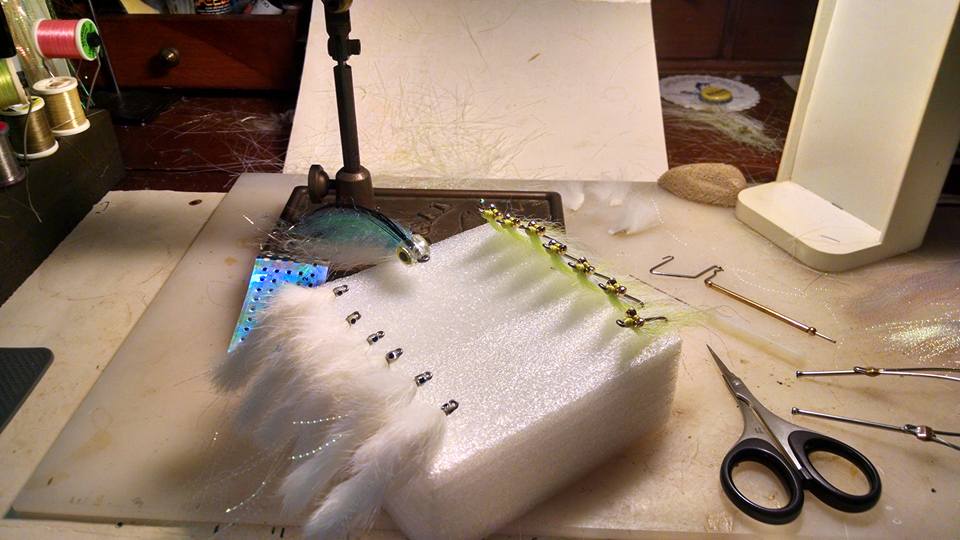
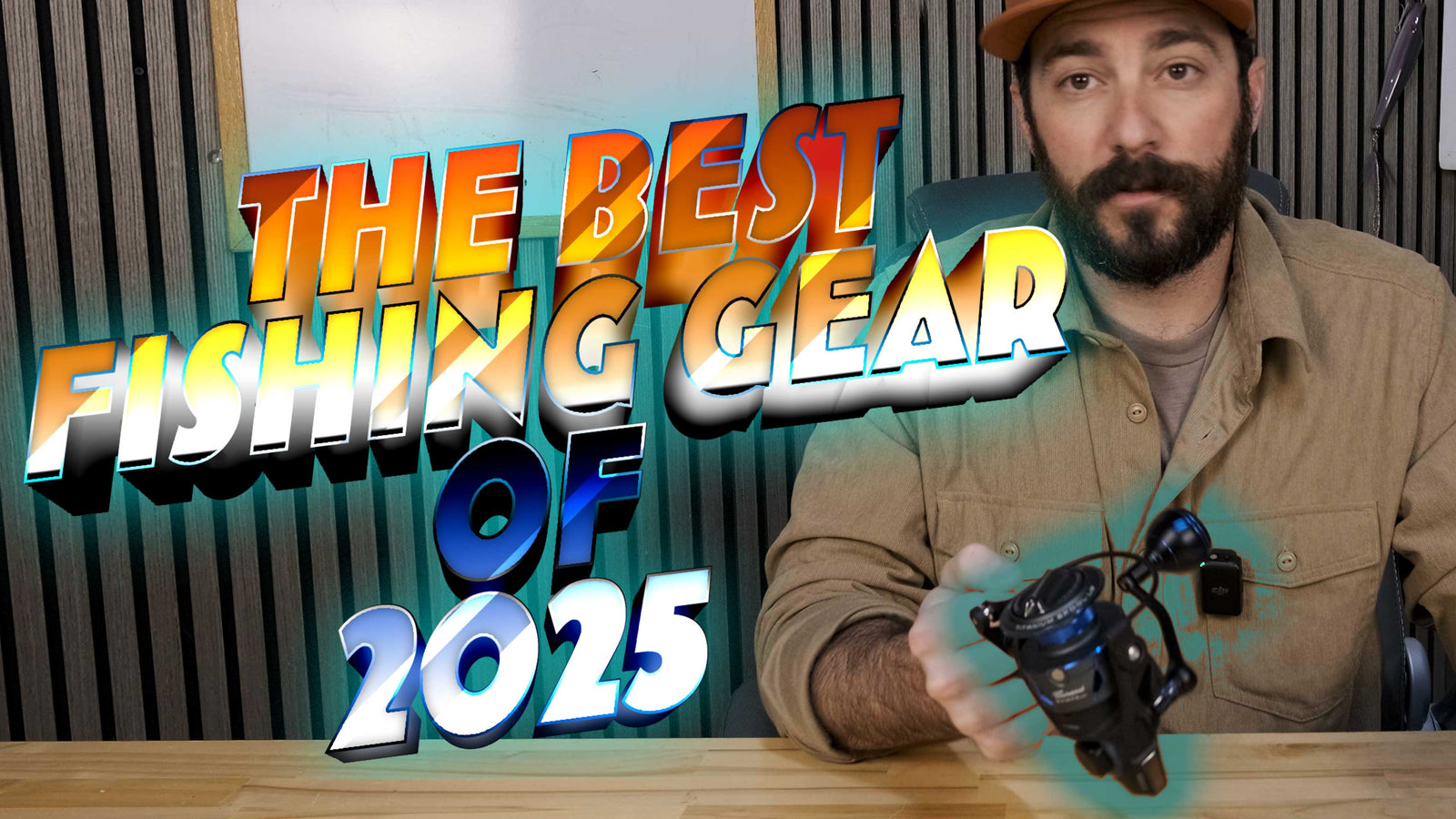

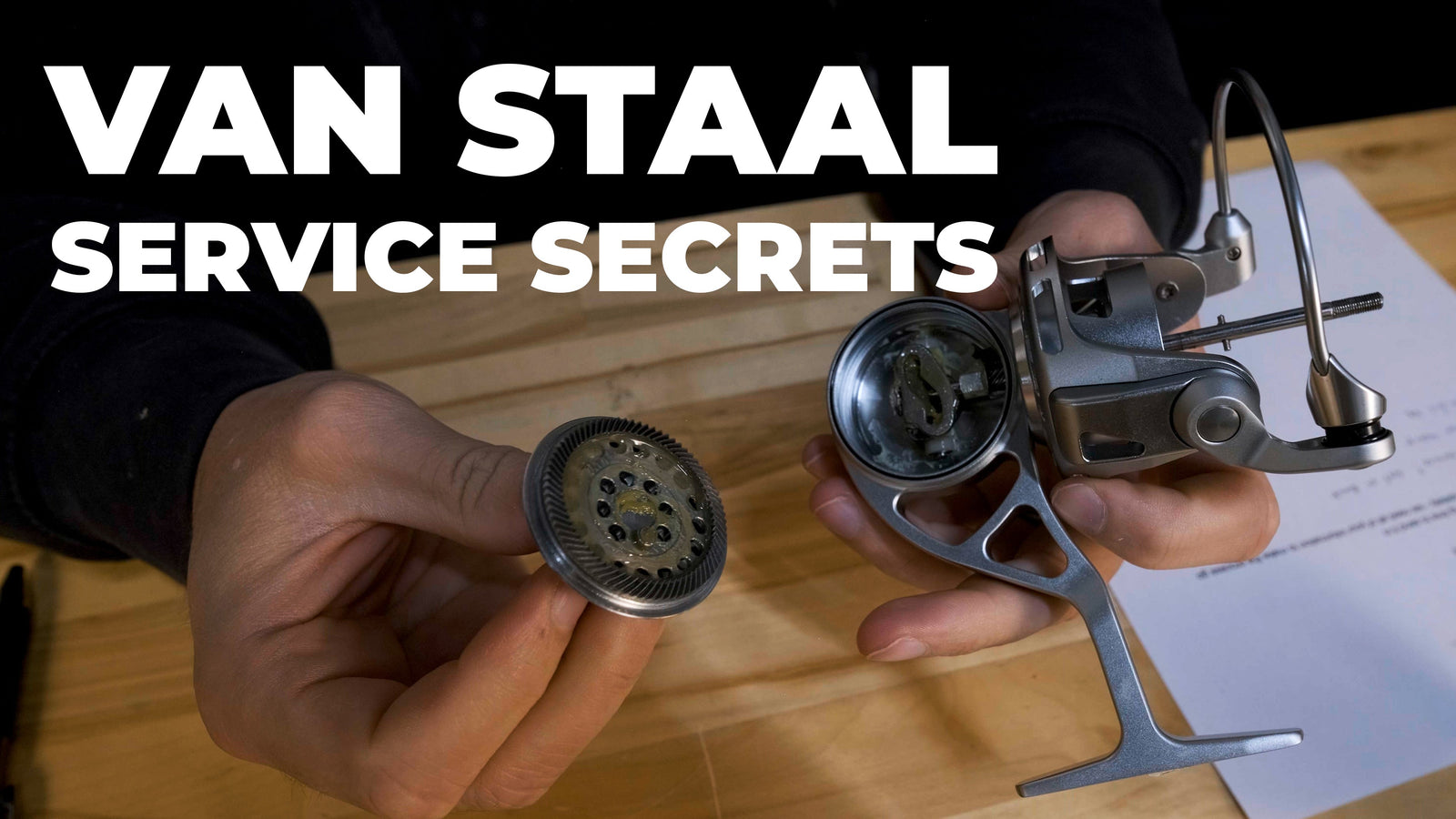
steve hill
January 21, 2021
Thomas good article. I am using a cheap drone to fly over water at very low tide to identify structure and drops. I do most of my fishing form a kayak so it helps to get a birds eye view.
Cheers
steve